SGGP
If counting from the milestone of 2005 (the Secretariat issued Directive No. 50-CT/TW on promoting the development and application of biotechnology to serve the cause of industrialization and modernization of the country), it has been 18 years since our country set out a strategy to develop the biotechnology industry. Although lagging behind the world , Vietnam has also achieved some important results in the research and application of biotechnology in life.
 |
| Experimental area for new flower varieties at the Ho Chi Minh City Biotechnology Center. Photo: VIET CHUNG - DANG QUAN |
"Golden season" thanks to science
For generations, farmers have been accustomed to propagating crops, agricultural products, ornamental flowers... in the traditional way of sowing seeds, cuttings, layering, and grafting. The limitations of this method are that it is difficult to propagate in large quantities, plants are susceptible to diseases and pests, and the productivity and quality of agricultural products gradually decline. Since the advent of the plant tissue culture method, the agricultural sector has entered a new phase, creating a revolution in the selection and propagation of varieties. In 1999, using biotechnology solutions, the Institute of Agricultural Biology under the Vietnam Academy of Agriculture introduced a technological process for producing potato varieties (tissue culture) with quality equivalent to varieties imported from the Netherlands and Germany, but at a cost of 20-30%. This process is considered by the Vietnam-Germany potato development project as the main process in potato seed production in Vietnam. By 2007, this biotechnology achievement was commercialized. All seed potato products grown by the Institute of Agricultural Biology are invested in by the Korean Orion Group and then transferred to farmers for large-scale cultivation. Since 2007, the institute has provided about 30,000 seedlings each year for farmers to produce commercial potatoes, with an average output of about 6,000-7,000 tons/crop for processing factories.
At the Institute of Agricultural Genetics (Ministry of Agriculture and Rural Development), scientists are focusing on finding rice varieties that can adapt to climate change. Professor Pham Xuan Hoi, Director of the Institute of Agricultural Genetics, said that by applying the molecular marker-assisted selection method (MAS) and using the MABC process to transfer target genes into rice varieties, scientists at the institute can improve productivity, quality, and resistance, while maintaining the valuable characteristics of the original variety, creating a scientific premise for breeding multifactor-resistant varieties that can adapt to climate change. For example, the Khang Dan 18 rice variety carries the flood-tolerant gene in Nam Dinh and the OM6976 variety carries the salt-tolerant gene in Bac Lieu.
 |
Potato varieties are grown in the aeroponic greenhouse of the Institute of Agricultural Biology. |
According to the Department of Science, Technology and Environment (Ministry of Agriculture and Rural Development), in the period 2006-2020, the Agricultural Biotechnology Program has implemented many projects on propagation by tissue culture on forestry trees, flowers, and potatoes; built large-scale tissue culture processes, transferred them to production facilities, and provided millions of seedlings to businesses and farmers.
The program has created many types of biological products, microbial fertilizers, preservatives, agricultural product processing, and environmental treatment. The application of molecular marker technology has effectively served the work of crossbreeding and breeding cows, pigs, and chickens. The program has implemented many tasks in the field of gene technology, moving towards creating products with high biotechnology content.
Linking “3 houses” to promote applications
From the National Target Program on New Rural Development, the Ho Chi Minh City Biotechnology Center has brought research varieties in the laboratory for farmers to produce and evaluate. Typically, the center has cooperated with Mrs. Huynh Thi Lanh (Cu Chi district) to successfully experiment with a high-yield melon variety, averaging about 4.5 tons/crop per 1,000m², 1.5 tons higher than other varieties. This variety also has a high disease resistance. Recently, the center successfully registered the intellectual property of serum preparations from deer antler stem cell extracts to prevent skin aging and the serum production process. The research results have been transferred by the center to Mediworld Company Limited for commercial production and supply to the market.
As part of the Project on development and application of biotechnology in the processing industry by 2020 chaired by the Ministry of Industry and Trade, the project “Research on enzyme application technology in collagen production from jellyfish resources” chaired by the Institute of Marine Resources and Environment also made a great impression. The results were applied at Vinh Hoan Company Limited to produce collagen from jellyfish, bringing in a profit of 528.3 billion VND per year.
 |
Graphics: NGOC TRAM |
Improving disease prevention and treatment capacity
At the age of 32 with many plans, Mr. Vu Viet Thanh (in Hung Yen) fell into a state of extreme confusion when he discovered he had leukemia. During treatment at the Central Institute of Hematology and Blood Transfusion, Mr. Thanh was treated with a half-compatible stem cell transplant from his younger brother. After months in the isolation room for stem cell transplant to regain his life, Thanh's health gradually recovered, the leukemia was controlled and he was discharged from the hospital in good health. To celebrate 6 months after the stem cell transplant, Mr. Thanh successfully conquered the Long Bien Marathon, finishing after 2 hours and 14 minutes, then finished the 42km Full Marathon at night. According to Associate Professor, Dr. Nguyen Ha Thanh, Director of the Central Institute of Hematology and Blood Transfusion, each year the institute receives 1,000-1,500 new leukemia patients. For cancer patients, if treated with chemotherapy alone, the 5-year survival rate is about 20-30%. However, with hematopoietic stem cell transplantation, the patient survival rate over 5 years is up to 50-60%. To date, the institute has performed more than 550 stem cell transplants, helping many critically ill patients return to normal life.
 |
Treatment for leukemia patients using stem cell transplantation at the National Institute of Hematology and Blood Transfusion. Photo: QUOC KHANH |
Promoting research and application of biotechnology in medicine is making a great contribution to disease prevention. Dr. Nguyen Ngo Quang, Deputy Director of the Department of Science, Technology and Training (Ministry of Health), said that to date, Vietnam has produced over 20 vaccines such as Japanese encephalitis, cholera, hepatitis B, rabies, hepatitis A, polio, measles, diphtheria - whooping cough - tetanus, tuberculosis, typhoid, meningitis, etc. In particular, research and production of domestic vaccines has ensured the supply of 11/13 types of vaccines for the National Expanded Immunization Program, contributing to the elimination of many dangerous diseases. To date, Vietnam's National Vaccine Quality Management System has been recognized by the World Health Organization (WHO). Last year, WHO also included Vietnam in the list of countries receiving technology transfer for mRNA vaccine production and training support.
Source





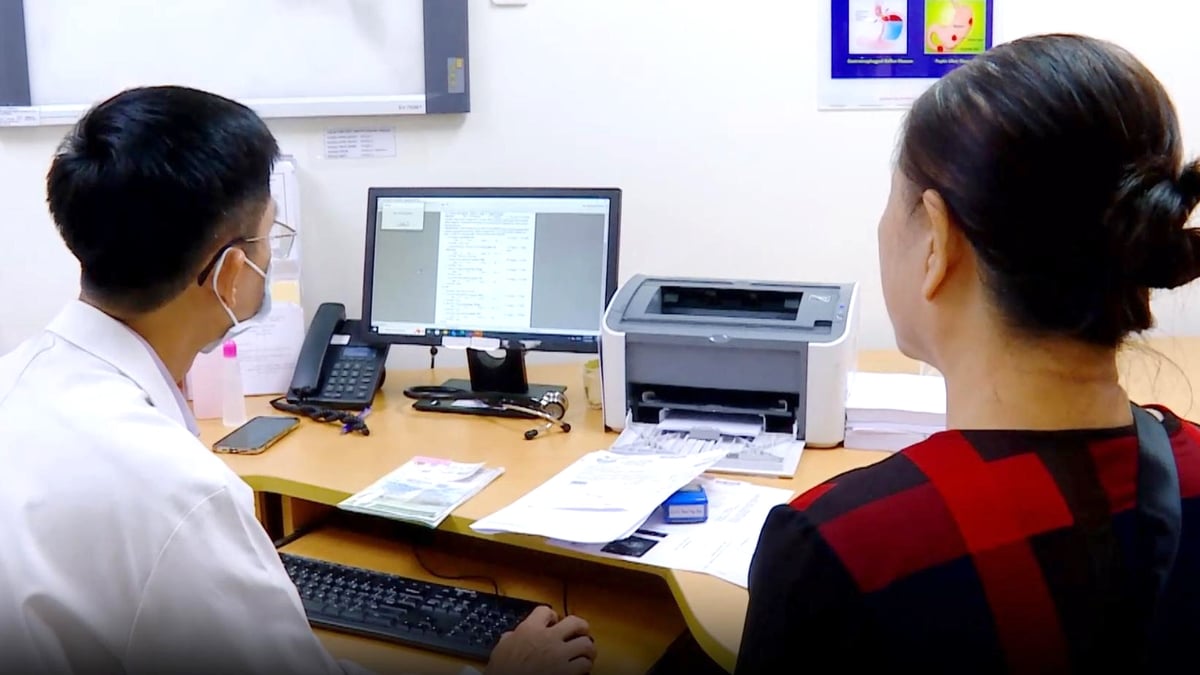

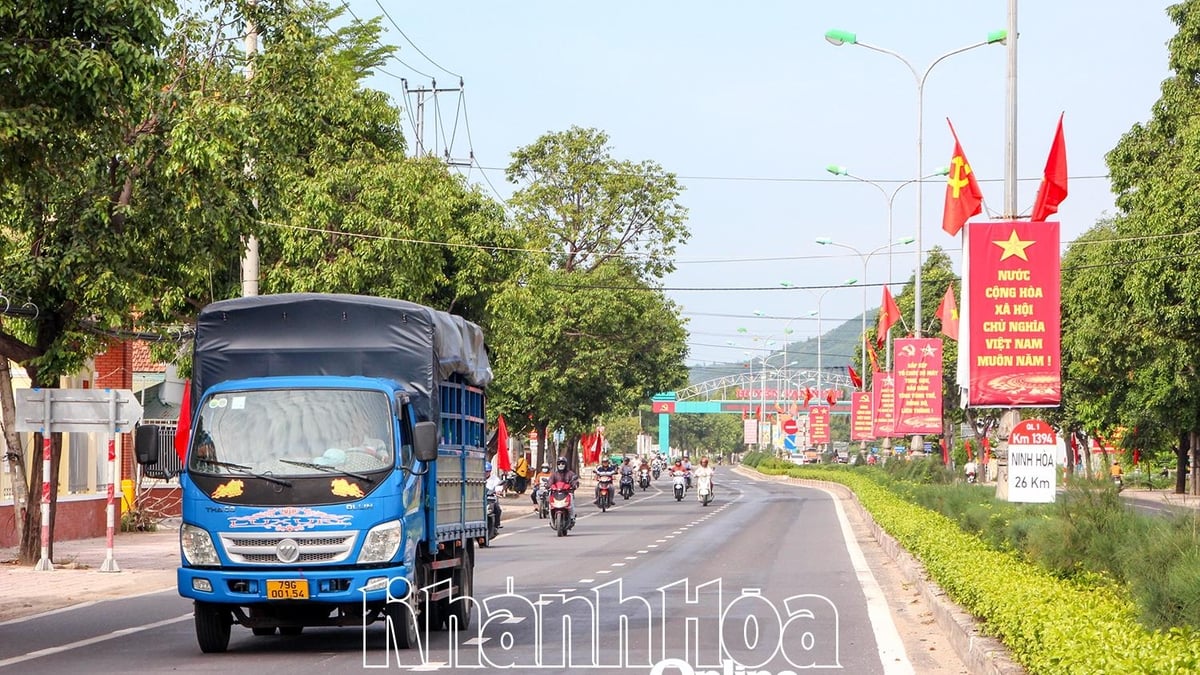
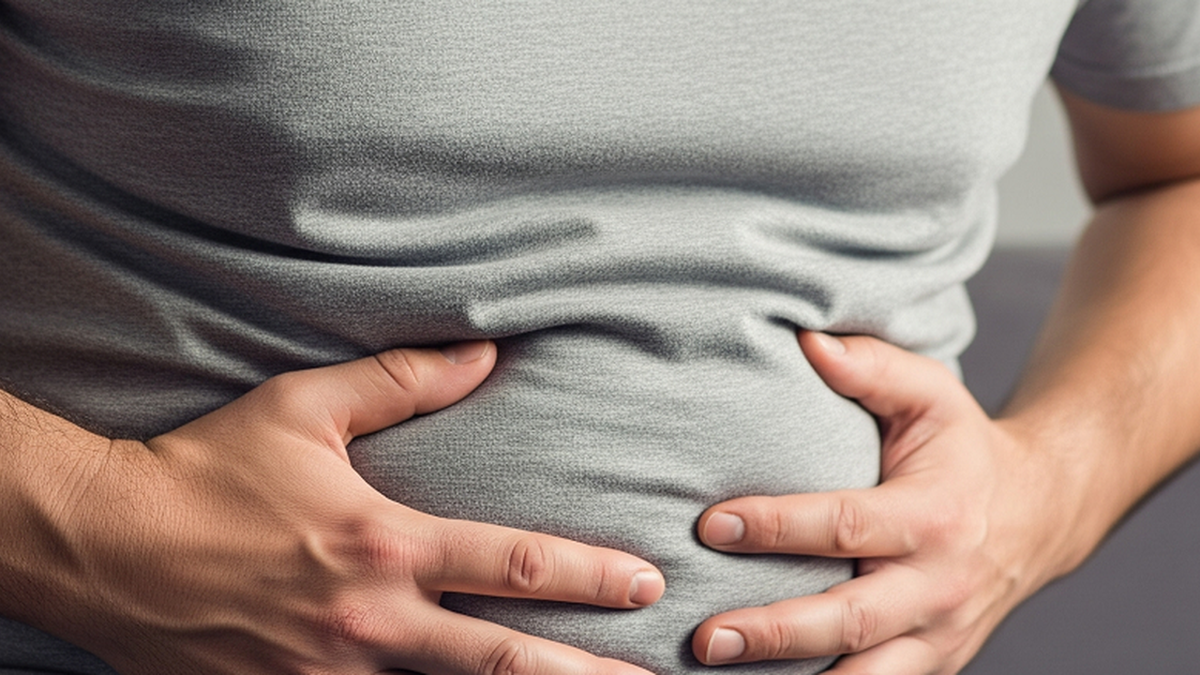

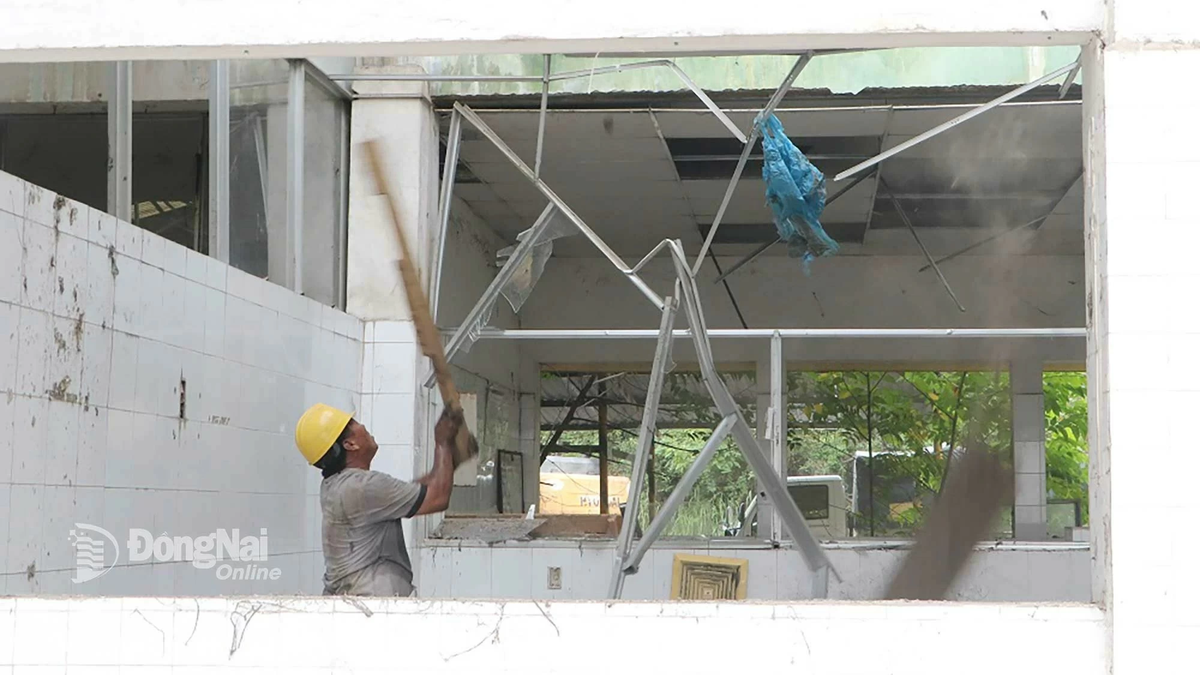
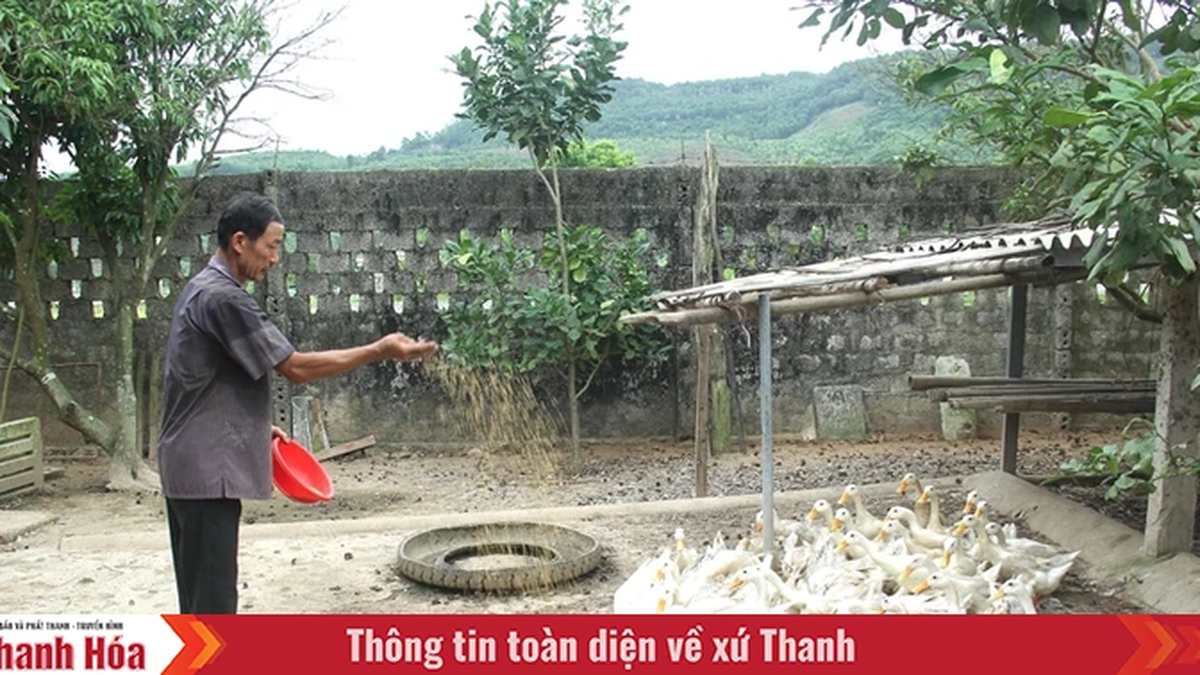












































![[Maritime News] Container shipping faces overcapacity that will last until 2028](https://vphoto.vietnam.vn/thumb/402x226/vietnam/resource/IMAGE/2025/7/30/6d35cbc6b0f643fd97f8aa2e9bc87aea)








































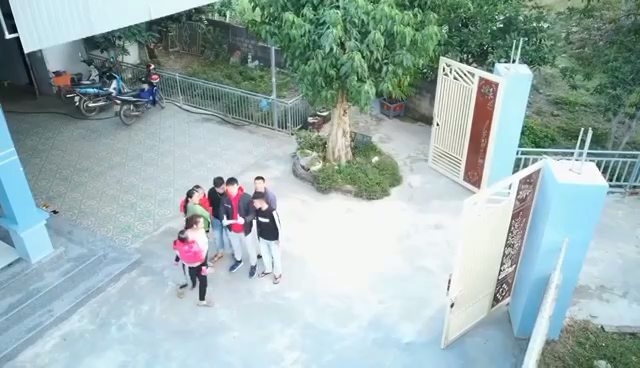

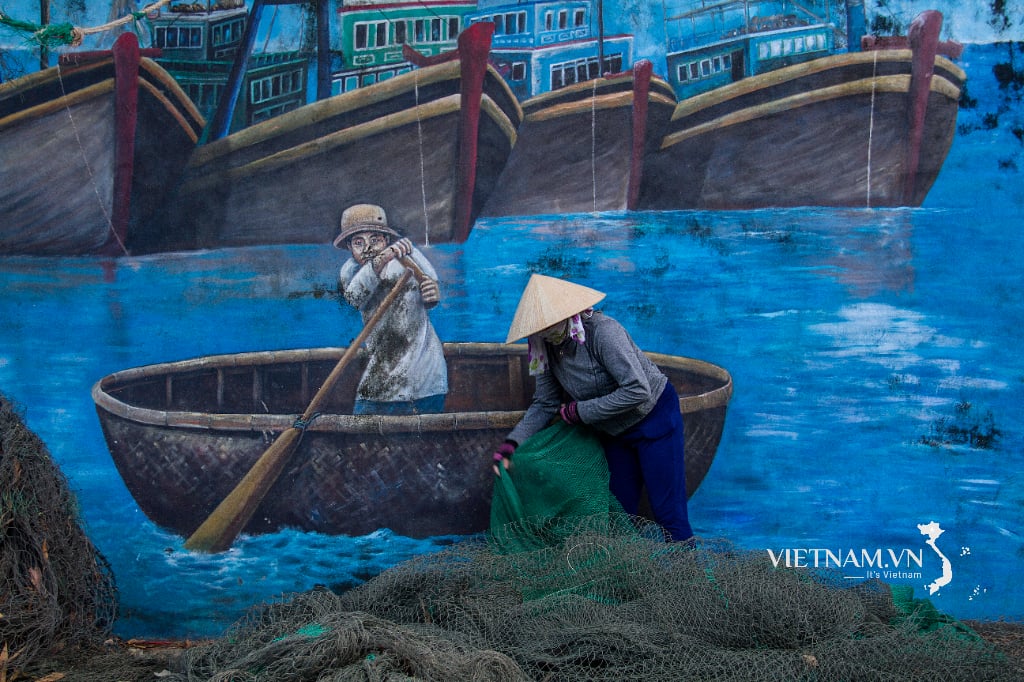

Comment (0)